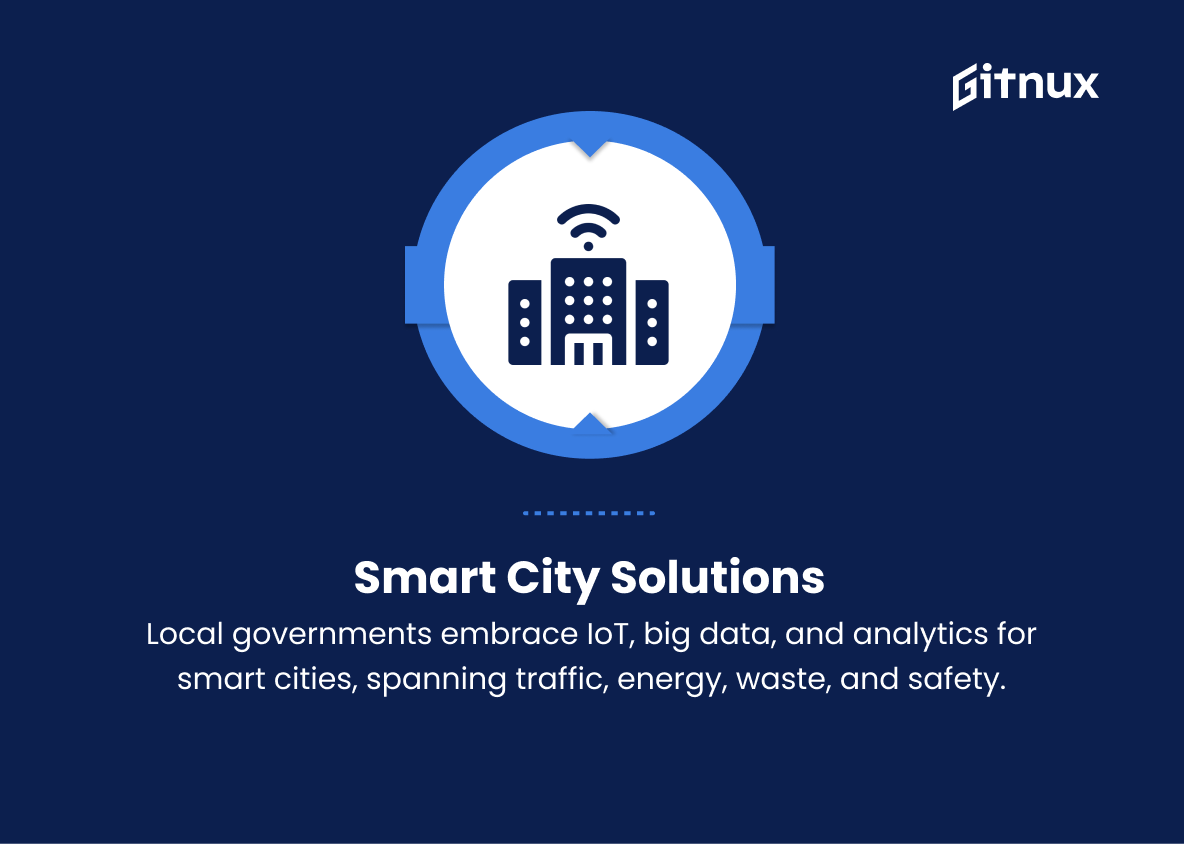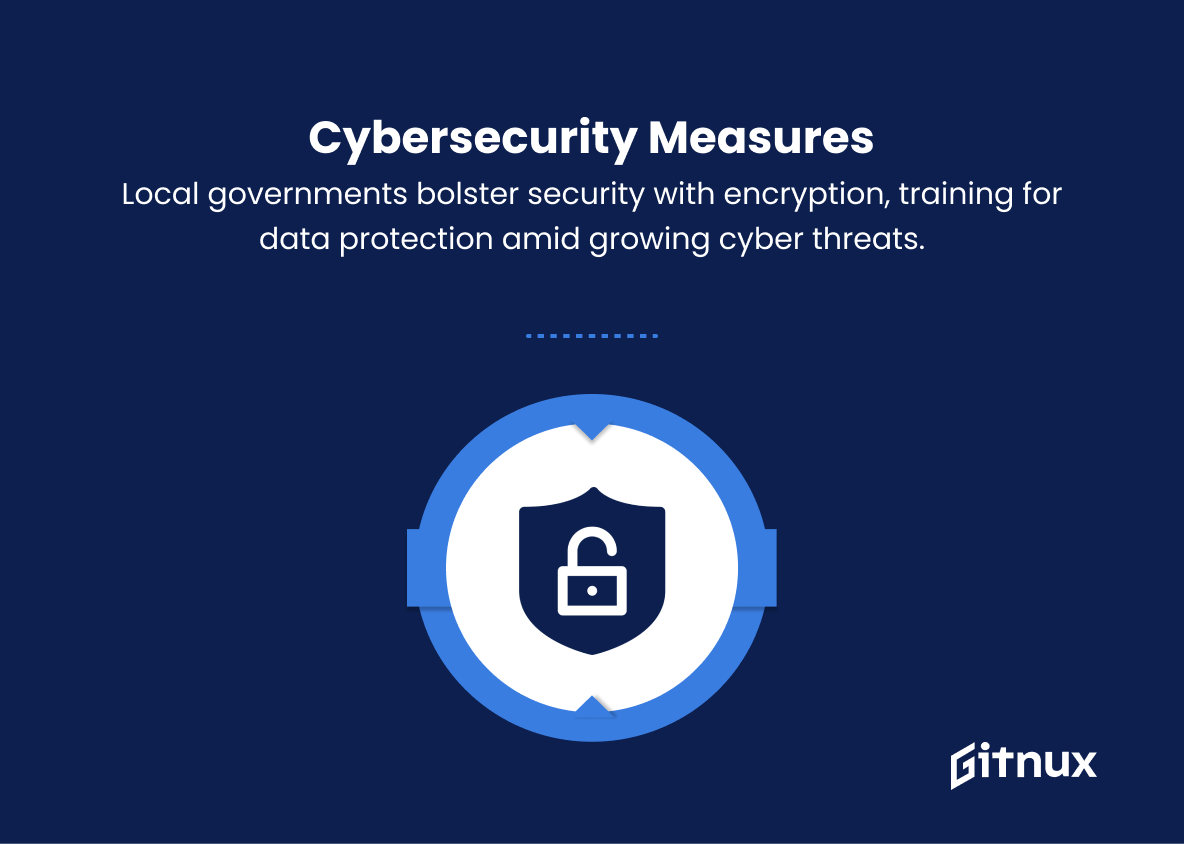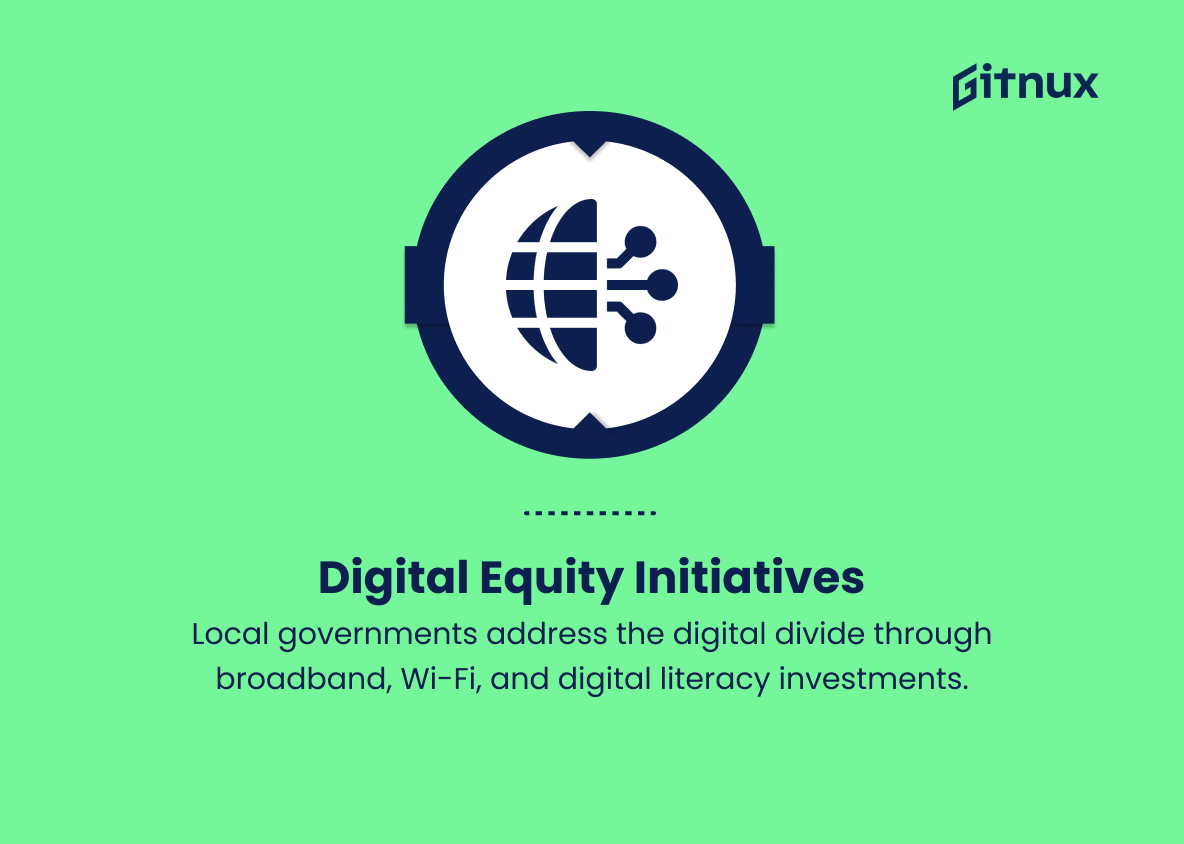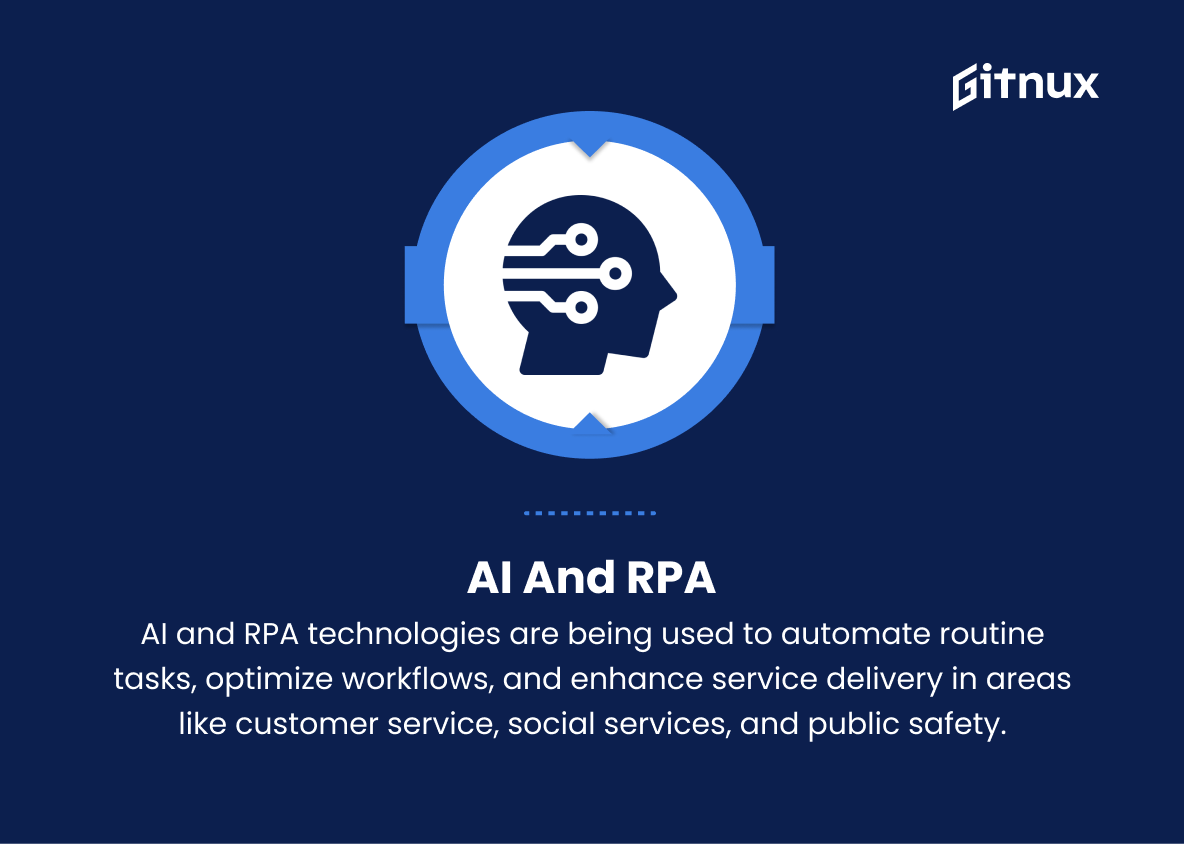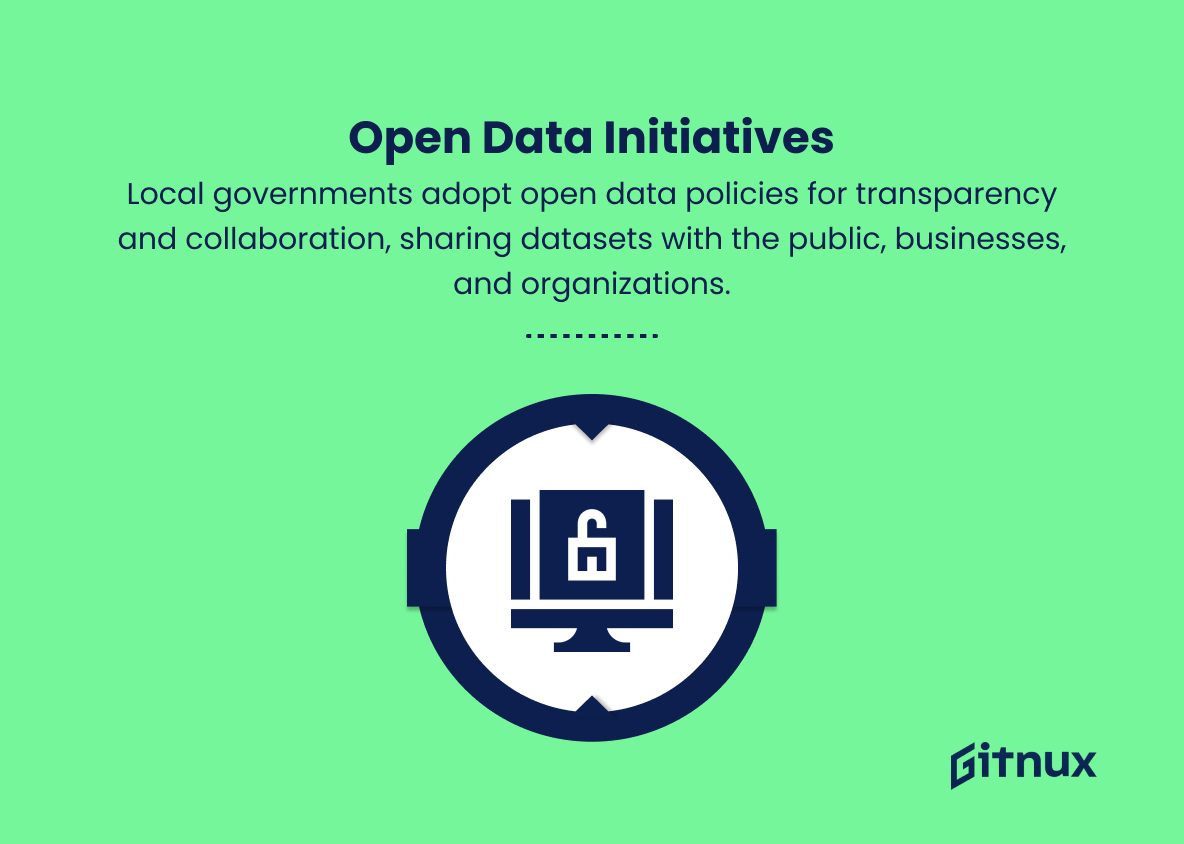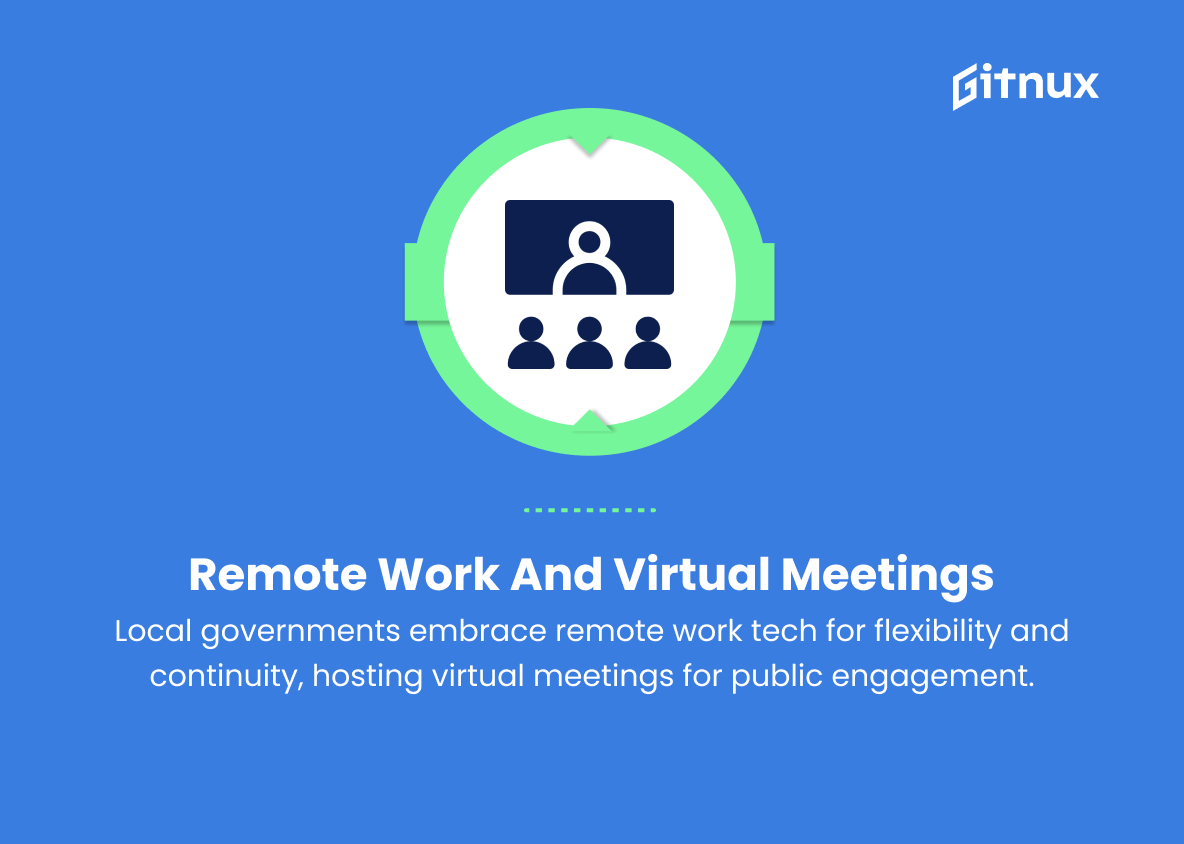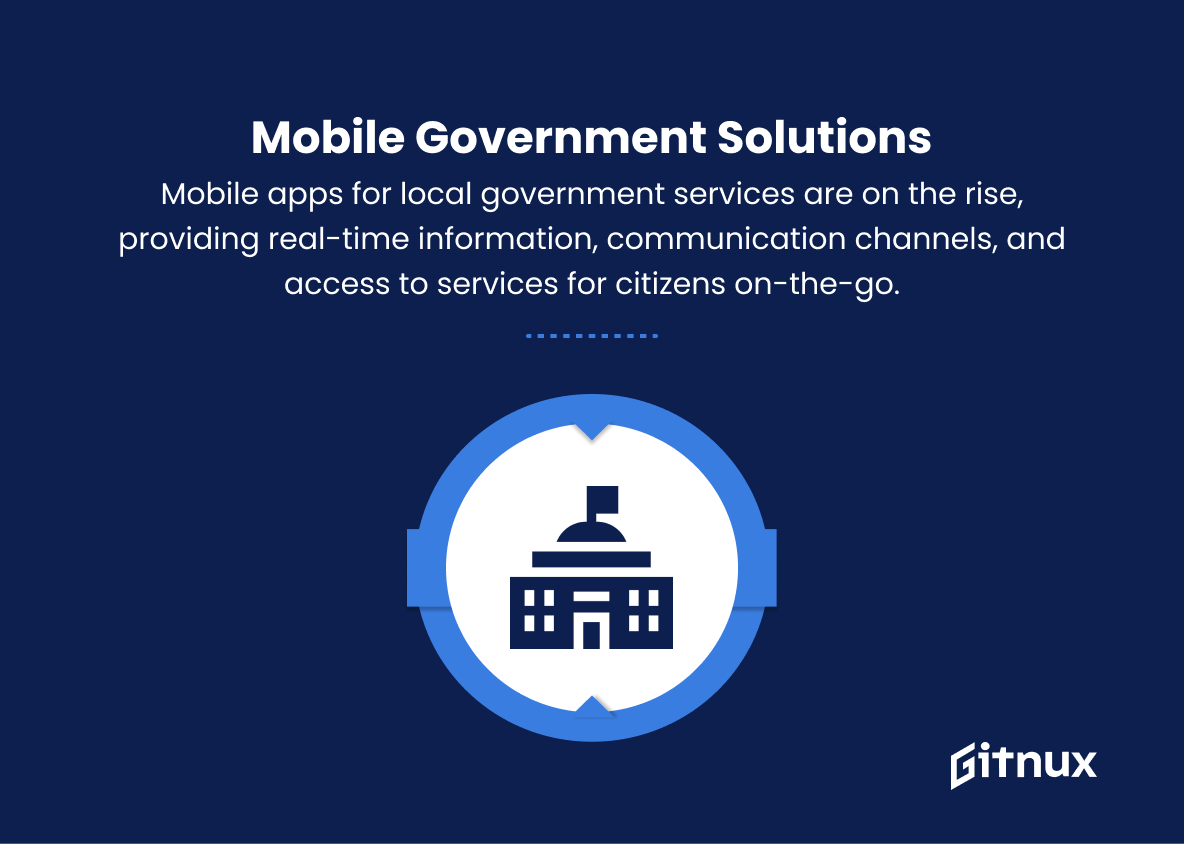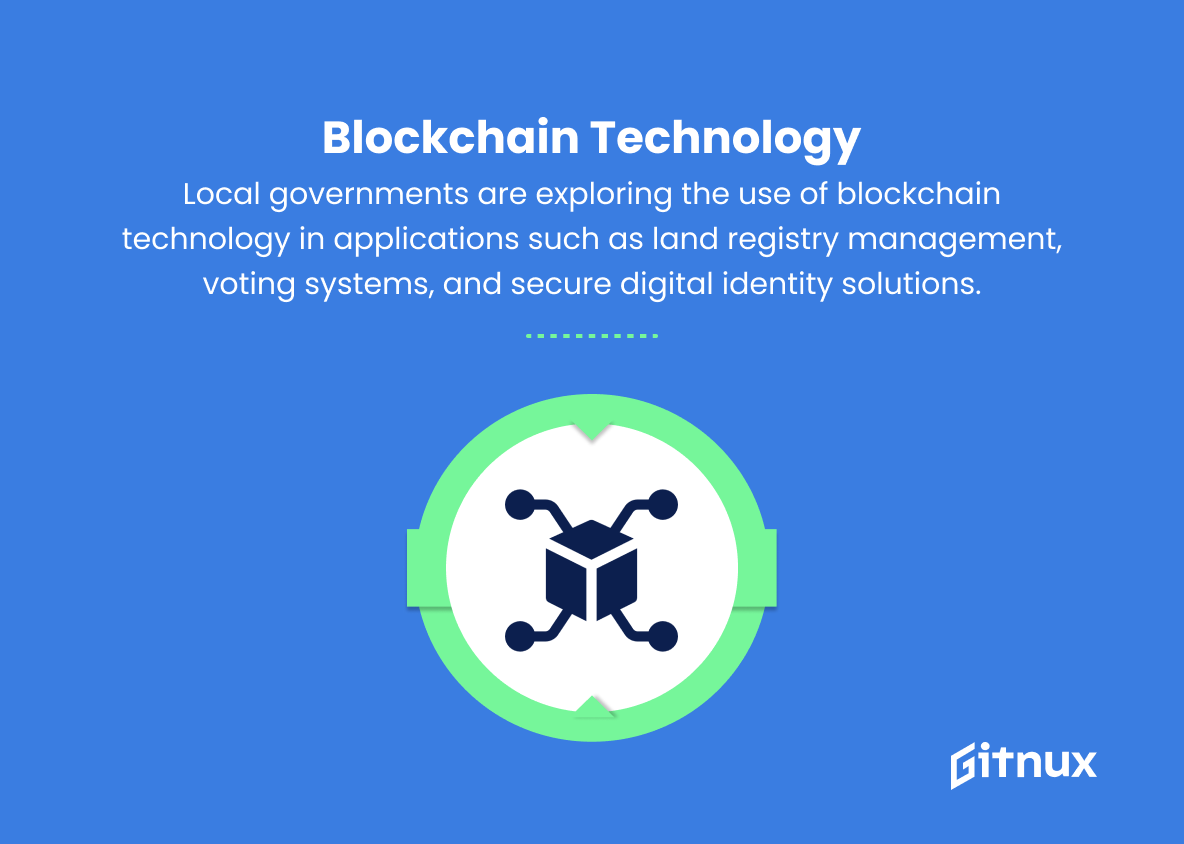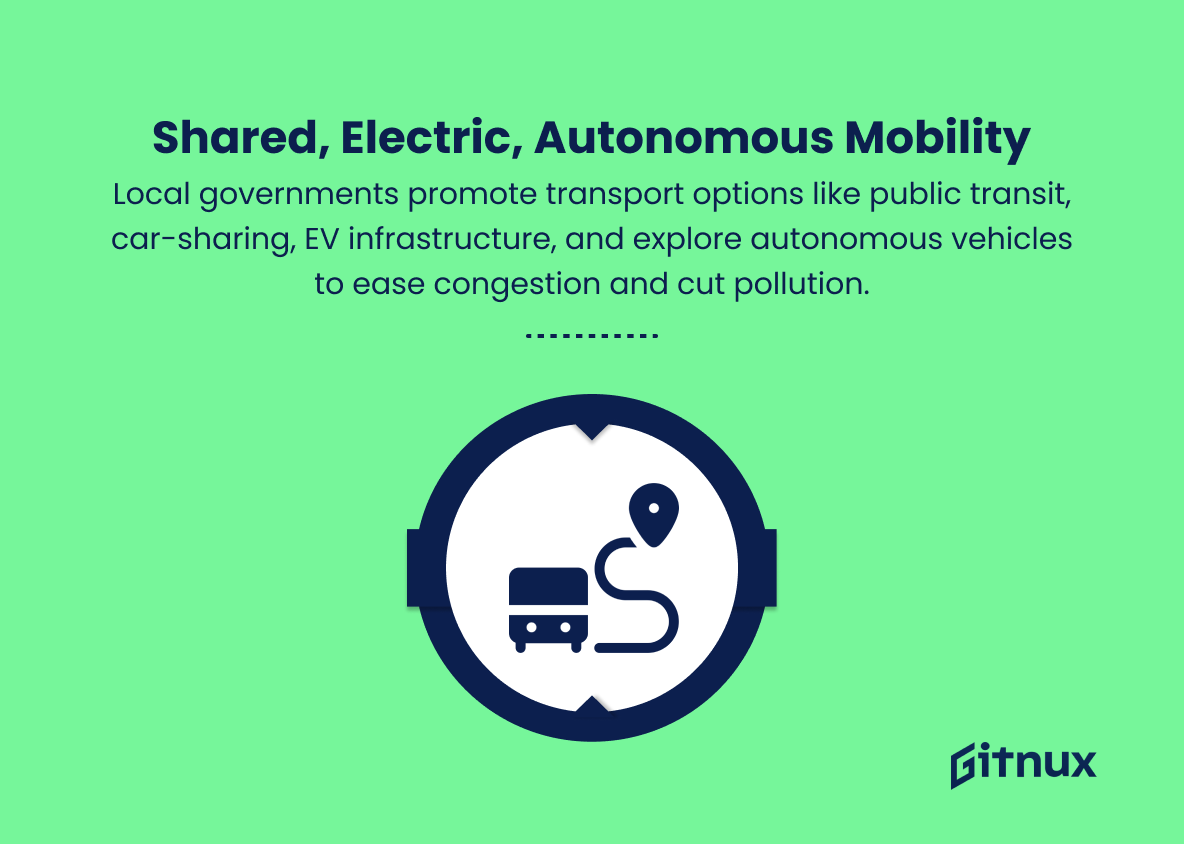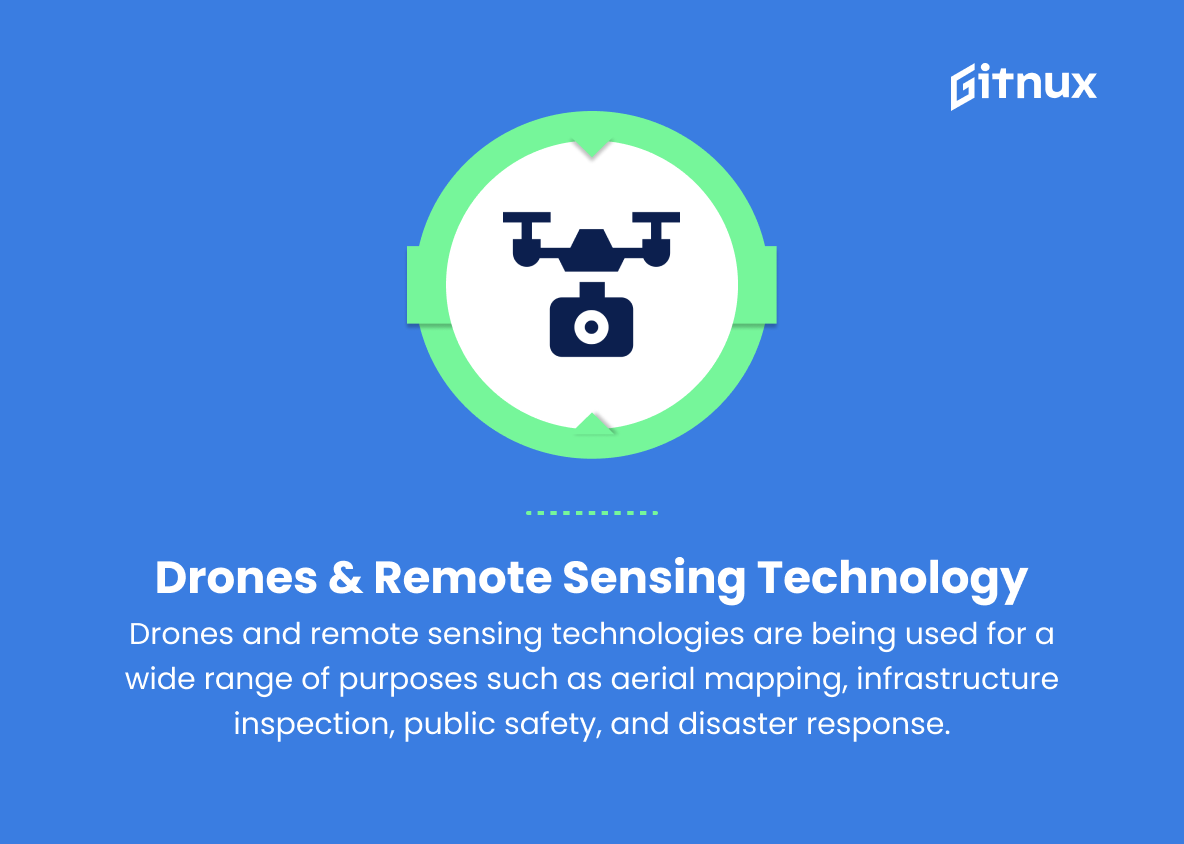In recent years, rapid technological advancements have drastically transformed various industries, and local government is no exception. In an attempt to create more efficient, seamless, and citizens-centric administration, many local government entities are embracing a range of innovative technology trends. This blog post examines key developments, their impact on local governance, and opportunities and challenges for municipalities, decision-makers, and constituents. As we explore the frontiers of local government technology trends, we will also raise thought-provoking questions and reflections, offering valuable insights for those who are at the cutting-edge of shaping our cities and communities.
Top Local Government Technology Trends
1. Smart City Solutions
Local governments are increasingly adopting smart city technologies that encompass IoT devices, big data, and advanced analytics to improve urban living. These include intelligent traffic management, energy conservation, waste management, and public safety systems.
2. E-Government Services
Local governments are leveraging online platforms to provide a wide array of services, from information access and communication to e-permits and license renewals. This streamlines processes, increases efficiency, and improves accessibility for citizens.
3. Cloud Migration
Local governments are shifting their infrastructure and services to the cloud, reducing costs, enabling scalability, and improving security.
4. Cybersecurity Measures
As cyber threats grow, local governments are heightening security protocols, implementing data encryption, and educating staff on cyber hygiene principles to protect sensitive data and systems.
5. Digital Equity Initiatives
Local governments are increasingly focusing on bridging the digital divide by investing in high-speed broadband infrastructure, expanding public Wi-Fi access, and offering digital literacy programs.
6. Geographic Information Systems (GIS)
Local governments are utilizing GIS to analyze spatial data, enhance decision-making, and improve public services such as zoning, urban planning, and disaster response.
7. Artificial Intelligence (AI) and Robotic Process Automation (RPA)
AI and RPA technologies are being used to automate routine tasks, optimize workflows, and enhance service delivery in areas like customer service, social services, and public safety.
8. Open Data Initiatives
Many local governments are adopting open data policies to increase transparency and foster collaboration by making public datasets accessible to citizens, businesses, and other organizations.
9. Remote Work and Virtual Meetings
Local governments are increasingly utilizing remote work technologies to enable greater workplace flexibility and support continuity of operations during emergencies, alongside virtual meetings and town halls to increase public participation and engagement.
10. Mobile Government Solutions
Mobile apps for local government services are on the rise, providing real-time information, communication channels, and access to services for citizens on-the-go.
11. Citizen Engagement Platforms
To enhance civic participation and community outreach, local governments employ digital tools such as social media, online forums, crowdsourcing platforms, and mobile survey apps.
12. Blockchain Technology
Local governments are exploring the use of blockchain technology in applications such as land registry management, voting systems, and secure digital identity solutions.
13. Energy Efficiency and Sustainability Technologies
With growing environmental concerns, local governments are adopting renewable energy sources, green building practices, and resource conservation measures to reduce their carbon footprint.
14. Shared, Electric, and Autonomous Mobility Solutions
Local governments are promoting public transportation, car-sharing, electric vehicle infrastructure, and exploring the implementation of autonomous vehicles to address urban congestion and reduce pollution.
15. Drones and Remote Sensing Technology
Drones and remote sensing technologies are being used for a wide range of purposes such as aerial mapping, infrastructure inspection, public safety, and disaster response.
These trends reflect the growing integration of technology into various aspects of local government operations to improve efficiency, resilience, and quality of life for their residents.
Implications
Local governments are increasingly embracing technological advancements to enhance their services and improve the quality of life for their communities. By adopting smart city solutions, utilizing IoT devices, big data, and advanced analytics, authorities can optimize urban living through efficient traffic management, energy conservation, waste management, and public safety measures.
Enhanced e-government services and cloud migration streamline procedures and increase accessibility while improving security. In addition, local governments are focusing on bridging the digital divide through digital equity initiatives, GIS, AI, and RPA applications for improved decision-making and automated workflows. Open data policies and mobile government solutions foster transparency, collaboration, and real-time access to information, while remote work capabilities, citizen engagement platforms, and blockchain applications enhance efficiency, civic participation, and secure record keeping.
Local governments are also prioritizing environmental sustainability and energy efficiency as they implement green technologies and shared, electric, autonomous mobility solutions for reduced traffic congestion and pollution. Lastly, drone and remote sensing technologies have emerged as vital tools for local governments in areas such as aerial mapping, infrastructure inspection, and disaster response. Together, these trends signify the transformative role technology plays in shaping the future of local governance and the well-being of the communities they serve.
Conclusion
As local governments continue to adopt and adapt to emerging technologies, it is clear that digital transformation will play a vital role in shaping how public services are delivered and managed. By embracing the latest technology trends, such as IoT, AI, and big data analytics, local governments can improve efficiency, increase citizen engagement, and ultimately enhance the overall quality of life in their communities.
To successfully implement these initiatives, local governments must go beyond mere adoption of technology by fostering strong collaboration between stakeholders, allocating resources for skills development, and consistently prioritizing data security and privacy. By doing so, local governments become better equipped to not only address the ever-evolving challenges of their communities, but also build smart, connected, and sustainable cities of the future.
